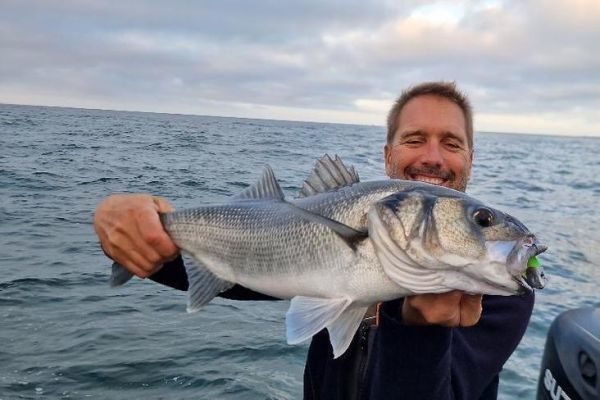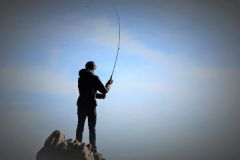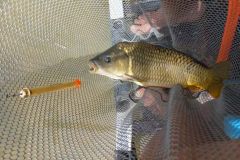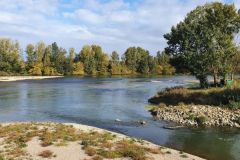Sometimes the road to learning can seem long and complicated. You don't always know where to start, and developing your skills and knowledge can seem difficult and time-consuming.
Be observant
The first mistake to avoid is fishing at random and not selecting specific spots or areas. In fact, by being a little observant when you arrive at the water's edge, you can detect signs of activity, such as the presence of baitfish or even signs of a hunt. On the other hand, you'll also be able to identify marked spots, those that generally break up the monotony of the banks, the relief, the color of the water or the presence of structures.
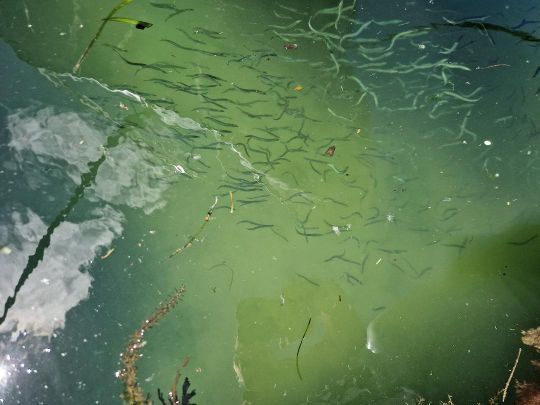
Don't always fish the same spots
In the same spirit, stop fishing the same spots all season long because you've caught a few fish there. Each spot works in its own way, depending on seasonality, weather conditions, light and other factors. Likewise, get out of your comfort zone and explore other environments.
Insist after taking
When you're "lucky" enough to hook a fish on a spot, insist! As we all know, many species are gregarious, but others are less territorial than you might think. It's not uncommon to find several pike on the same spot.
Assume that if an area appeals to one fish, it's likely to appeal to others.
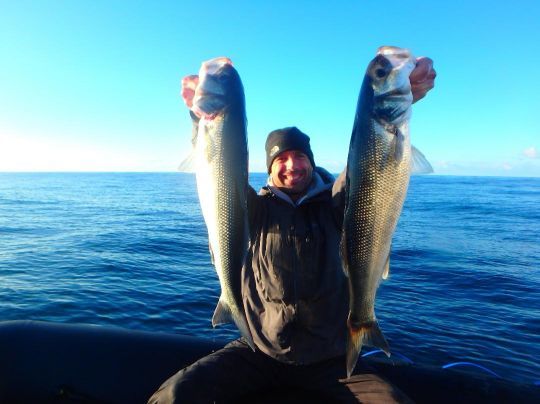
Don't put irrational faith in your decoys
We all have our favorite lures, yet a major mistake is to always fish with the same 3 or 4 (or even THE same) lures on every trip. Vary your lures over the course of an outing and play with different parameters, and chances are you'll find one in your tackle box that's better suited to the configuration of the spot fished and the conditions of the day than the one you use 80% of the time.
Remember, the best lure is the one that's right for the situation, so it varies from day to day.
Check your equipment
When you're just starting out, because you don't know your equipment well or because you're just lazy enough to do it, you neglect to check your equipment regularly. That's why it's so important to carefully adjust your drag, retie your knots regularly and check the condition of your leader after a snag or a catch. Without this rigor, sooner or later you'll lose fish and perhaps the fish of your life.
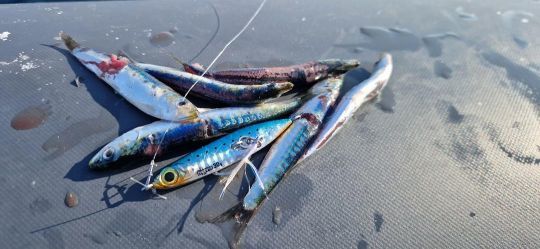
Vary speeds and take breaks
When you're just starting out, linear animations are the simplest and most reassuring to implement. However, without going overboard with animation, as is often the case, it's important not to be too monotonous. So simply vary the speeds and take regular breaks during recovery.
Be methodical
The most common mistake at the water's edge is the "opposite bank" syndrome. To multiply your catches, be rigorous in your prospection and always start with the edges before fanning out. You'll quickly multiply the number of hits. In the same spirit, remember to fish all water layers.
Animate right to the edge
When you animate your lure, be attentive and continue your retrieve right down to your feet. Regularly, you may observe a predator following closely behind. Don't hesitate to take a break on the bottom and try to break it.
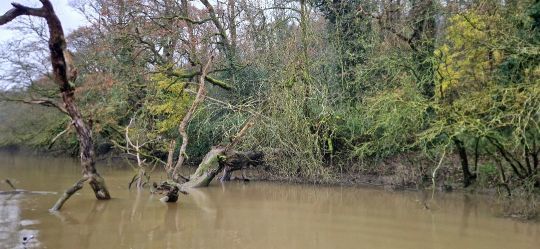
Don't give up
The last mistake you need to avoid in order to catch more fish is not believing it all the way and giving in to the temptation to return early in the absence of bites. The fish on the last cast is no myth and rest assured, you'll never have as good a catch as when your lure is in the water!
